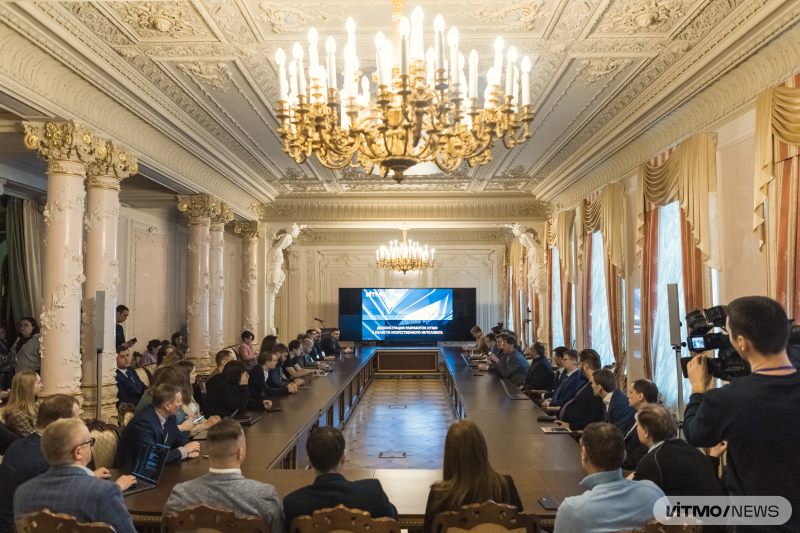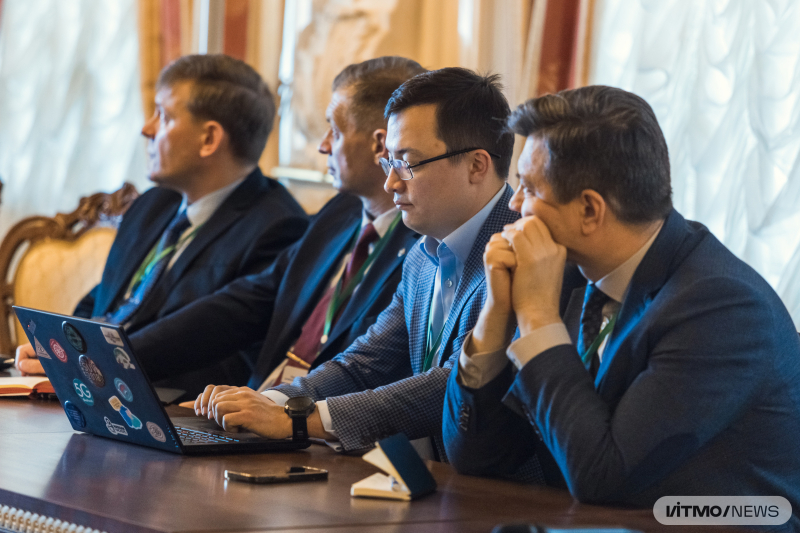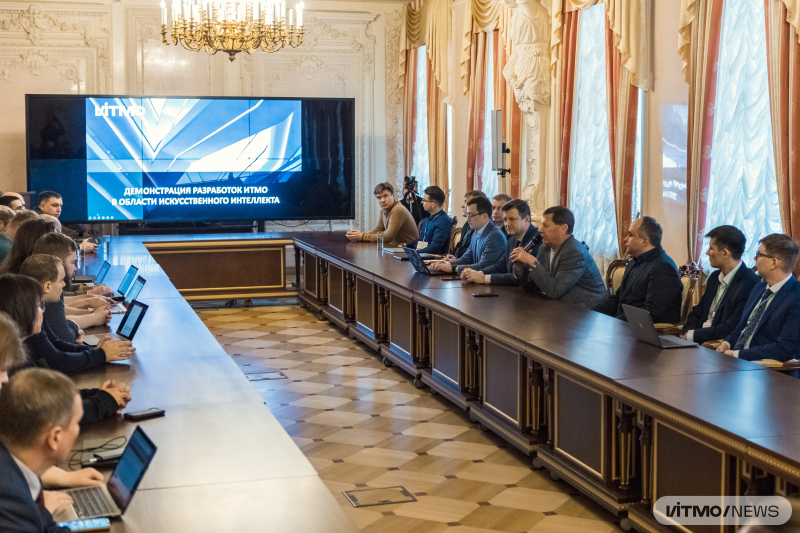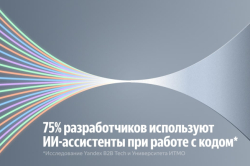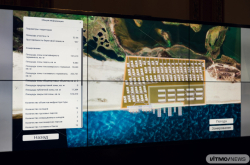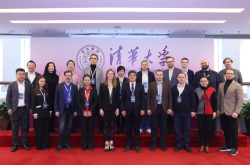FEDOT and new members of the AI family
Back in 2021, a team of ITMO’s National Center for Cognitive Research triumphed at Emergency DataHack thanks to FEDOT – an open-source automated ML framework for creating and optimizing chains of models (pipelines) or their elements. With this framework, users can also solve a variety of problems, from flood prediction to multimodal classification of wines.
Not so long ago, researchers from the Research Center “Strong AI in Industry” came up with FEDOT.Industrial. Just like its “predecessor”, FEDOT.Industrial can boast automatic model generation, optimized pipelines for more accurate predictions, data and models validation, plus a larger and more detailed library and storage for data obtained from metadata modeling, namely, input characteristics and modeling results. This newly introduced feature makes it possible to save time and resources. The key mission of FEDOT.Industrial, however, as its name indicates, is to work with industrial data and optimize processes and resources at enterprises. In particular, the tool can come in handy when classifying time series, as well as identifying change points in them and detecting anomalies and objects in pictures.
“FEDOT.Industrial can take on tasks from various fields but its main advantage is that its capabilities exceed those of three quarters of the software that was developed and uploaded online, according to the results of performance testing,” says Alexander Boukhanovsky, the head of the School of Translational Information Technologies and the National Center for Cognitive Research.
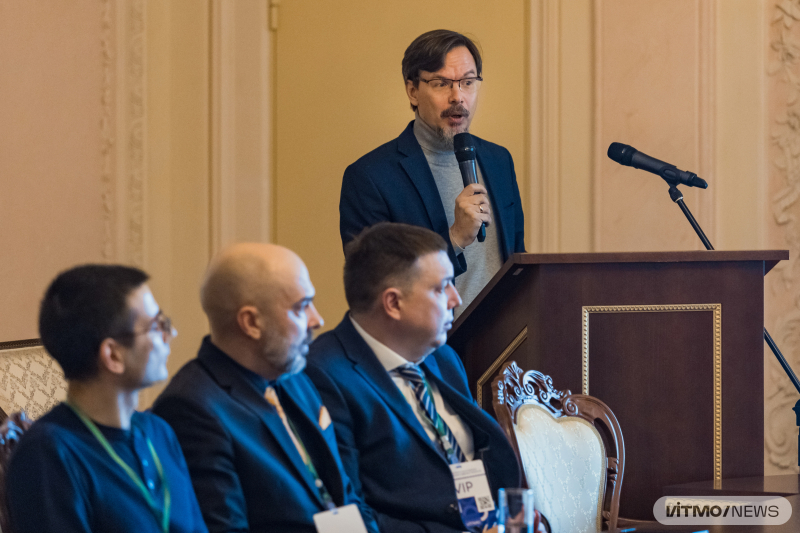
Alexander Boukhanovsky at the presentation of projects. Photo by Dmitry Grigoryev / ITMO.NEWS
Another solution offered by the center is SMILE.Cloud. With this cloud service, any user, regardless of their programming skills, can develop and test machine learning models for free. The technology can be used to classify residential buildings based on their conditions and run a credit scoring, even in case of a lack of necessary data. On top of that, it allows users to simulate technological processes of any scale. Once registered on the platform, users are free to edit the existing solutions and create their own projects using AutoML frameworks – all while receiving advice on project efficiency from the digital system.
Among other open-source solutions from the Research Center “Strong AI in Industry” is BAMT, a library for advanced training and data analysis based on Bayesian networks. The library serves to solve tasks, in which there is not enough information about correlations between objects and their dependencies. This is, for instance, typical for extractive industries where specialists need to analyze the parameters of deposits. Another solution, GOLEM, in its turn, makes it possible to optimize structured graph models and perform a number of tasks, from finding finite-state automata in robotic systems to investigating molecular graphs to discover novel drugs.
And, finally, GEFEST will be of help when creating a generative design of physical objects that take the form of geometrical structures and interact with a continuum. It can help make a wide range of structures, from sea walls to artificial spleens, more efficient.
The aim of the Research Center “Strong AI in Industry” is to develop open-source software for AI and related digital fields. The release of FEDOT.Industrial, BAMT, GOLEM, and GEFEST is expected to be followed by that of an open library for training on unstable datasets, multiagent optimization, graph neural networks, and other cutting-edge advances.
Creating a perfect city with digital planning
As noted by the Education Committee of St. Petersburg, local schools reached an occupancy rate of 110-115% by September 1, 2022, with a shortage of around 72,000 places in schools and 26,000 in kindergartens. Which regions suffer most from the lack of schools and kindergartens? What are the most efficient ways to plan other social infrastructure objects and spaces? ITMO researchers can address these issues, too.
The scientists from the National Center for Cognitive Research propose several generative design-based services inspired by YourMaps, the web service for automatic collection and processing of geodata. Once filtered and classified, open-source geodata turns into geometrical shapes with desired tags.
“The heart of digital urban planning lies in various methods of data optimization, which contain models of all urban objects with their unique characteristics: spatial, functional, and physical. A kindergarten, for instance, is a spatial object with a footing but it’s also a building that offers services for kids and their parents,” explains Sergey Mityagin, the head of the laboratory for intelligent technology for urban data analysis and the director of ITMO’s Institute of Design & Urban Studies.
Backed up by the results of sociological surveys, YourMaps can evaluate people’s satisfaction with social and transport infrastructure in their districts and show which locations are most visited in their area.
With the help of AI technologies, computer modeling, and big data, development plans for new territories or urban recreation areas can be generated in several minutes. The first task can be easily accomplished by rTim, a platform for territorial development created in partnership with Rocket Group, whereas the second task can be left to ParkPlanner. Both tools work in the same way: users need to highlight an area on a map to receive recommendations on its organization from AI within a few minutes.
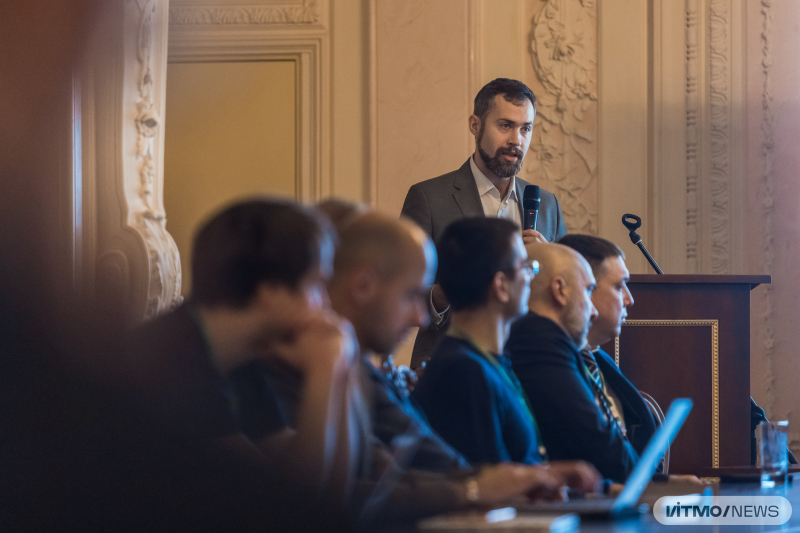
Sergey Mityagin at the presentation of projects. Photo by Dmitry Grigoryev / ITMO.NEWS
Digital safety in the metaverse
The metaverse is a virtual space built on digital technologies where people perform different activities as avatars. But just like with the real world, the digital space comes with a boast of challenges needed to be solved to make the space convenient and safe for users.
“To begin with, the number of sources of information is increasingly growing yet not all of them are valid. Then, communication has changed significantly throughout time, too. If before we were used to meeting people in-person, then after the advent of digital technologies, we started communicating via messengers and other online platforms. Online communication, however, lacks a visual element that tells us more about the person we’re talking to. And the final question is, how can we establish interpersonal and team cooperation when users communicate and set tasks in different apps?” asks Oleg Basov, the head and product owner of ITMO’s Cognitive Non-Verbality Laboratory and an associate professor at the Faculty of Digital Transformation.
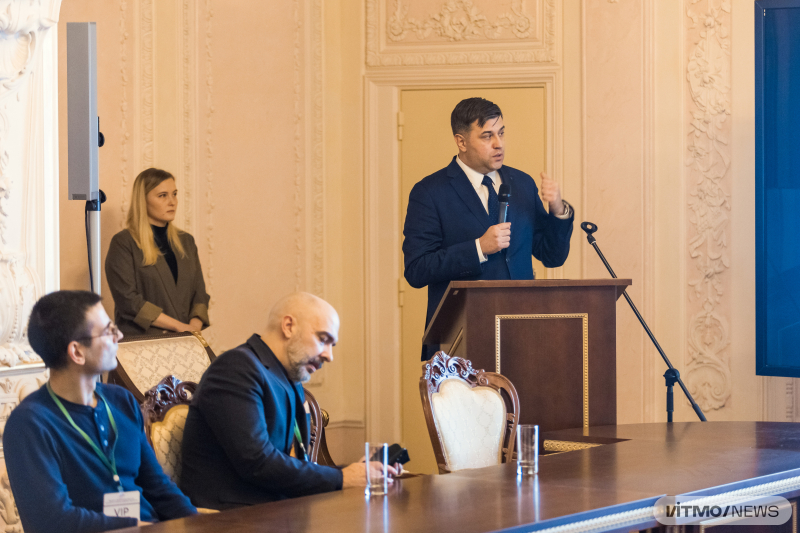
Oleg Basov at the presentation of projects. Photo by Dmitry Grigoryev / ITMO.NEWS
All these problems can be addressed with solutions created by the researchers from the National Center for Cognitive Research. The tool named Expert can analyze text, audio, and video and determine the psychological state of a person using non-verbal information. In the future, the technology can help identify the intentions of other avatars.
Another tool, the technology AutoTm (still in progress) can quickly study hundreds of product reviews, identify trends, run a market analysis, and adjust its solution. AutoTm independently conducts thematic modeling and analyzes reviews using natural language processing models.
The center’s researchers are also working on Avatar – a personal assistant that is more than a simple messenger that collects a user’s messages in one place, it analyzes them to define the emotions of an interlocutor in order to prevent conflicts and scans messages for upcoming meetings, putting them into a calendar. What’s more, Avatar can analyze employees’ competencies, assemble a project team, assign tasks, and monitor their performance. The app is already available on App Store.
The National Center for Cognitive Research is a research unit established at ITMO University in 2018 as part of the state support for the National Technological Initiative (NTI) centers. The center is engaged in the research and development of ML and cognitive technologies, such as decision support and decision-making systems, predictive modeling, digital avatars, twins, and so on.
The Research Center “Strong AI in Industry” was created as part of the federal Artificial Intelligence project and is one of the six centers established to build the foundation for strong AI in Russia. Its key field of research is strong AI capable of performing not only routine but also creative tasks.
